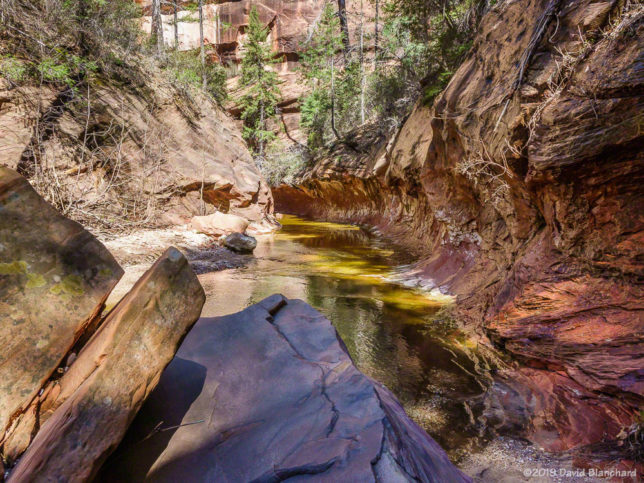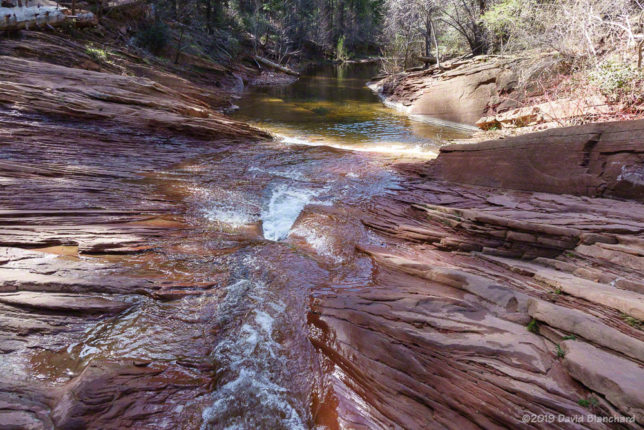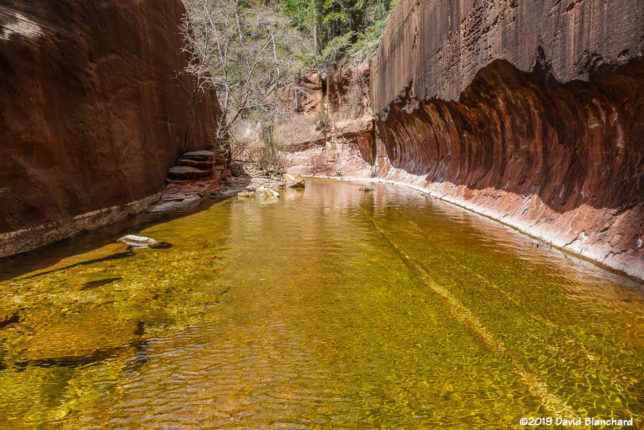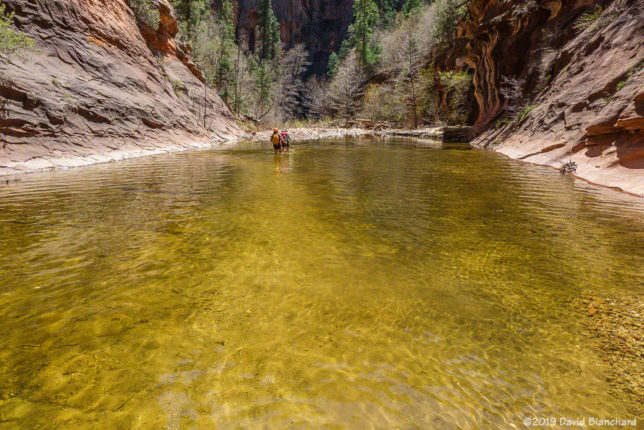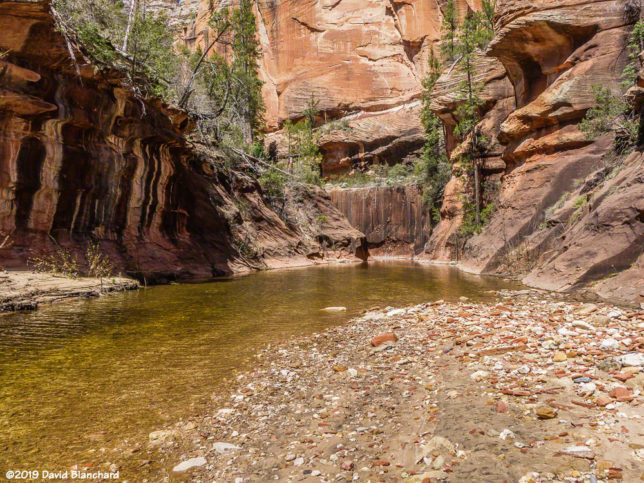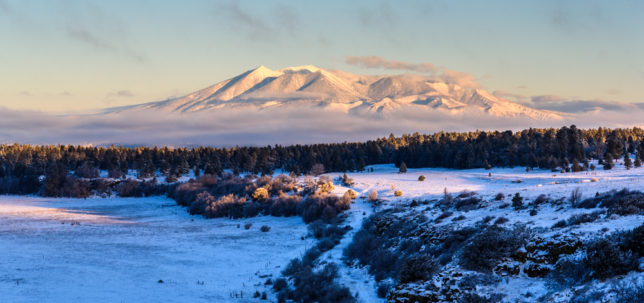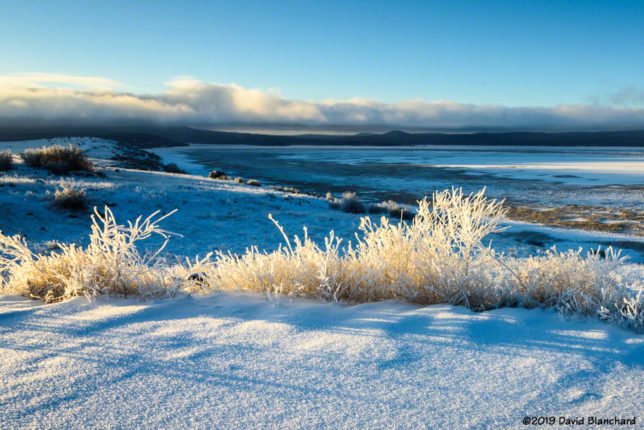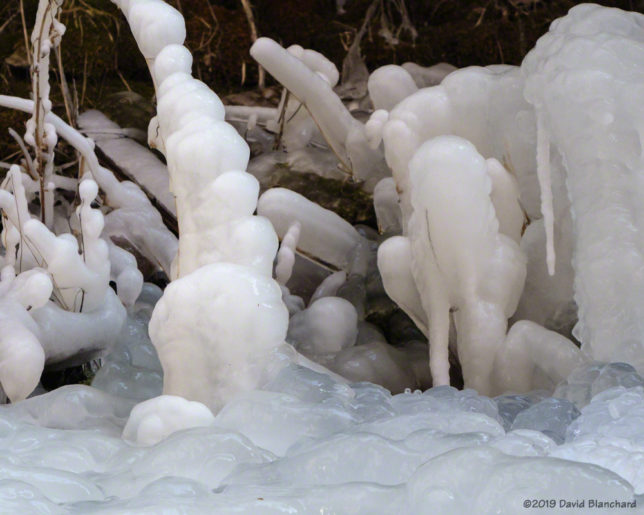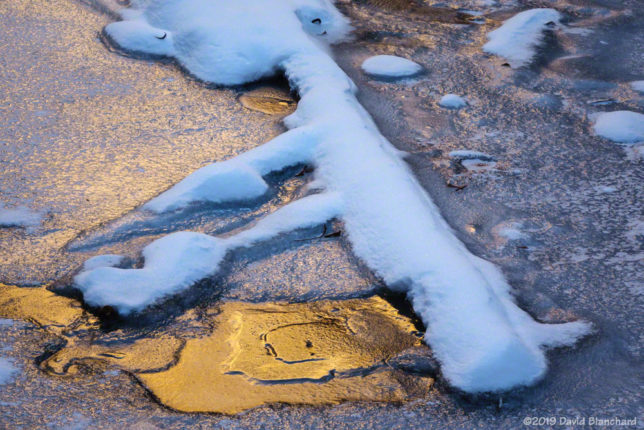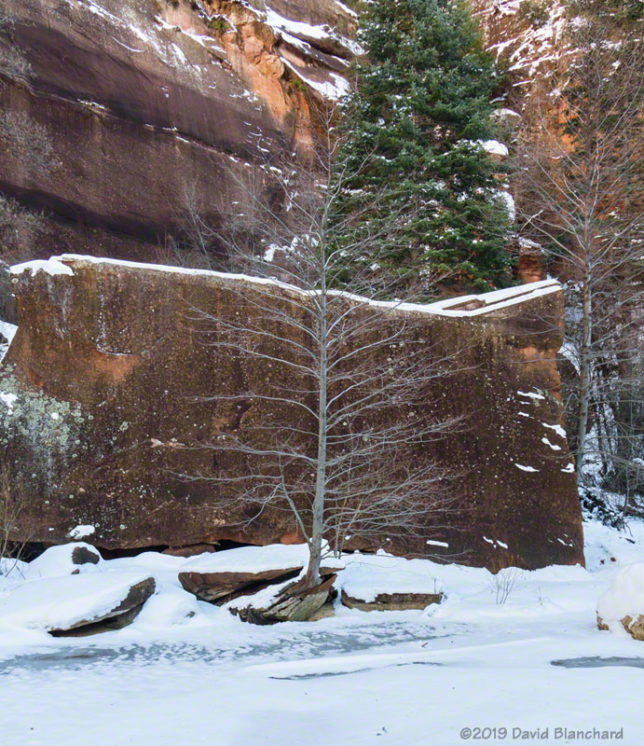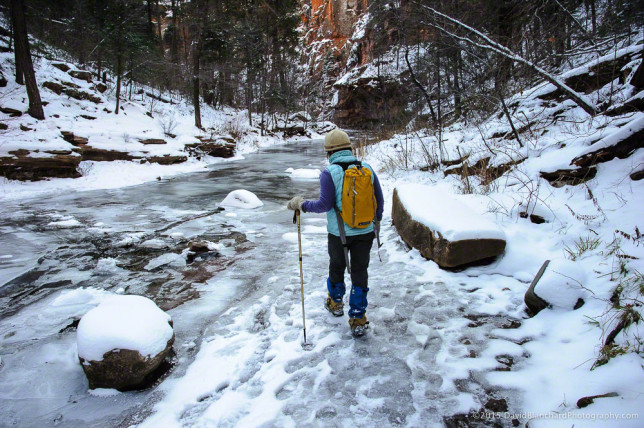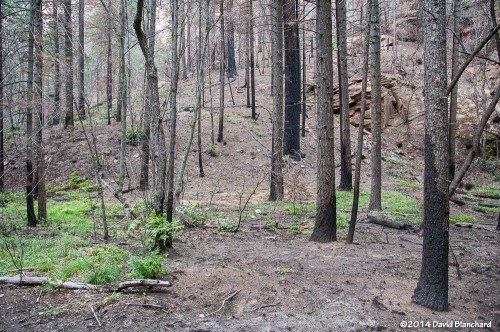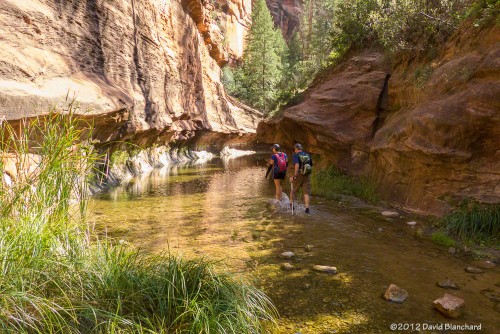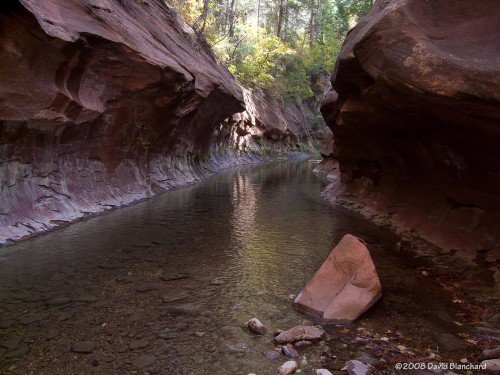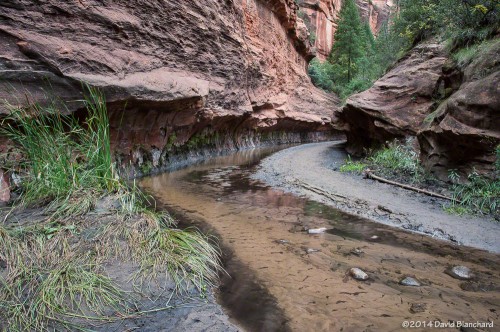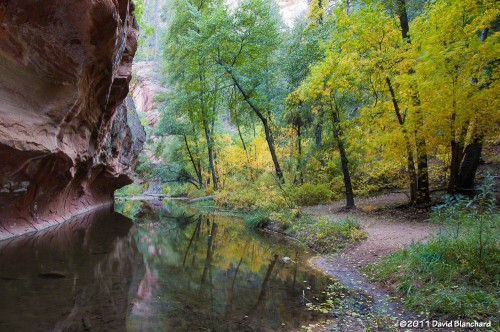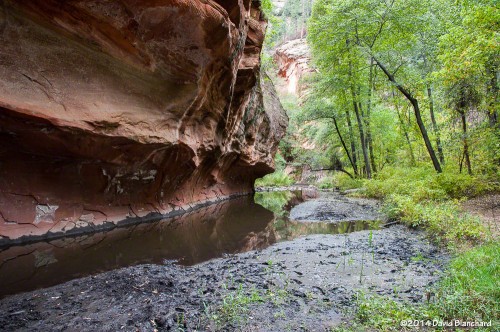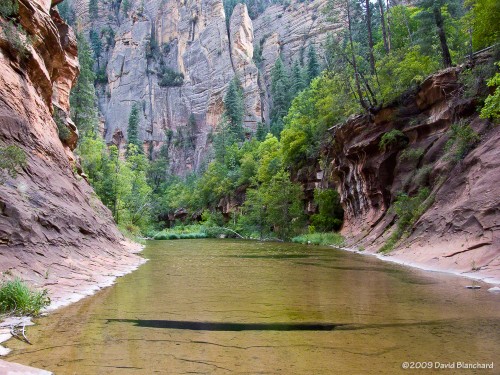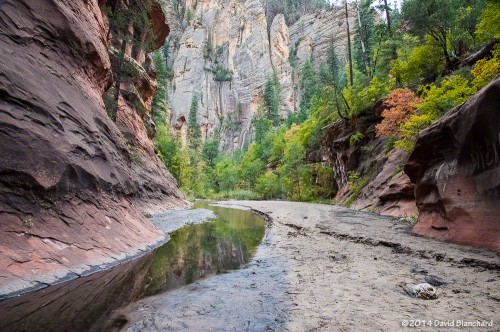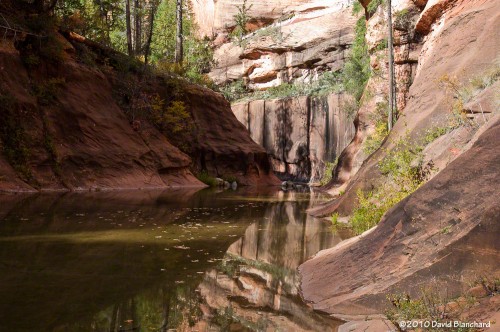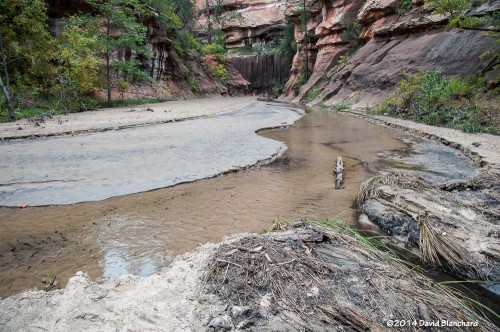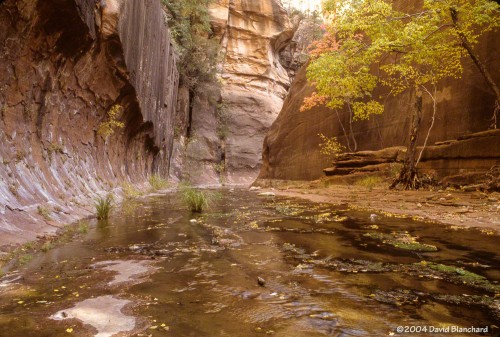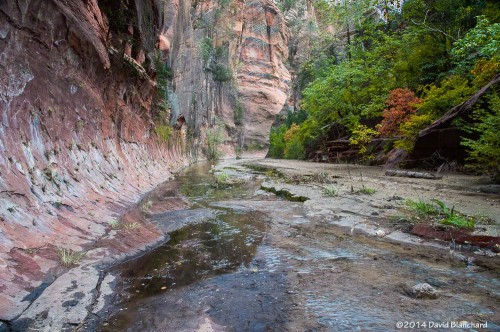In early July we invited some friends to join us for a hike up West Fork Oak Creek. This is a hike we used to do almost every year until the Slide Fire in 2014 . We made a short trip up the canyon when it reopened and were pleased that the canyon had not burned but saddened by all the silt and ash that had clogged the deep pools.
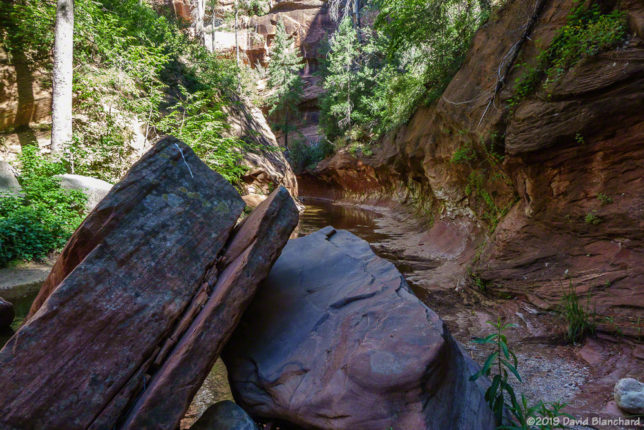
Earlier this year we did our first hike up the canyon in many years. Our main interest was to learn if the heavy rains of this past winter had successfully flushed out the silt and ash from the 2014 Slide Fire. As reported in a previous article here, the heavy rains had done a fine job of returning the canyon to its former pristine condition.
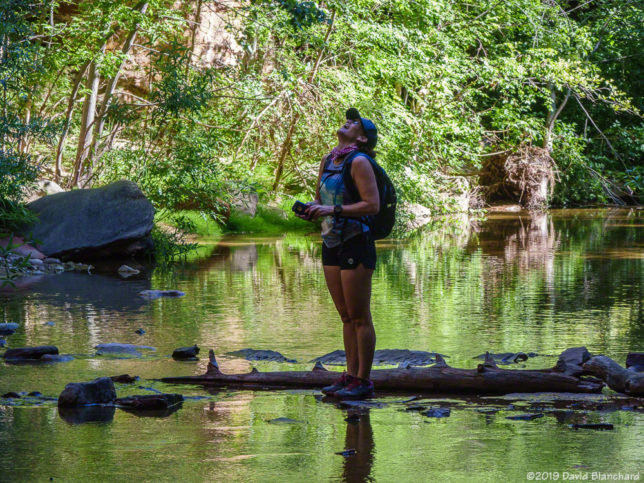
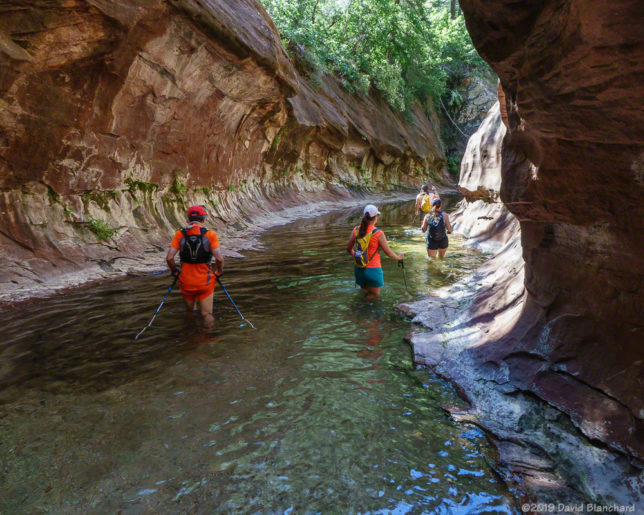
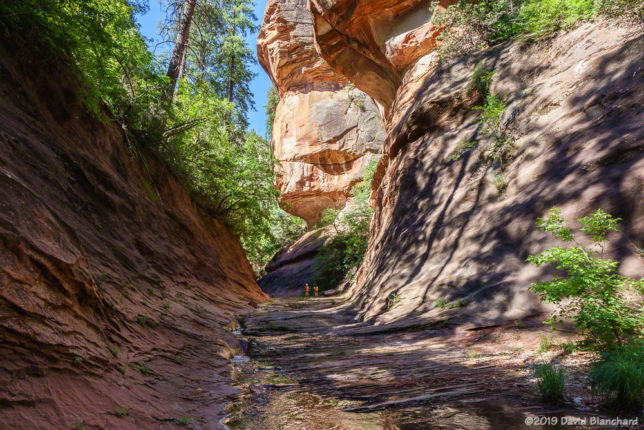
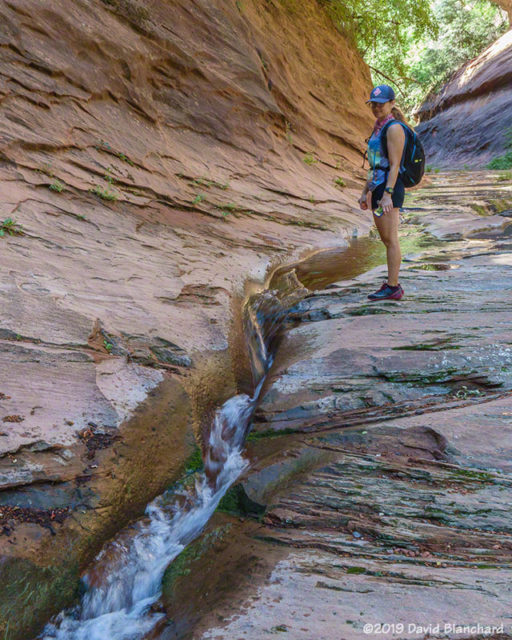
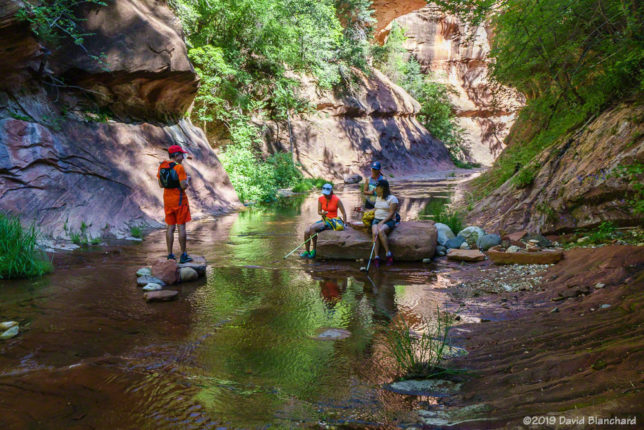
Now, with warm weather and sunny skies, it was time to hike as far up West Fork as time would permit. In the past, we have made it up and just beyond the “Camping Permitted” point which is around six miles up canyon. Years ago, we also did an end-to-end starting at Woody Mountain Road and hiking the entire length in a day. But since that “boot camp” day back in 1999, we have only hiked up from the bottom. This day was no different—except that we traveled farther up the canyon than any of our previous hikes. That’s a successful day. We spent about six hours hiking up and returned in about five hours.
Our friends were not able to commit as much time so they turned around after about 3.5 miles (i.e., after the “End of Trail” and just a bit beyond the first narrows).
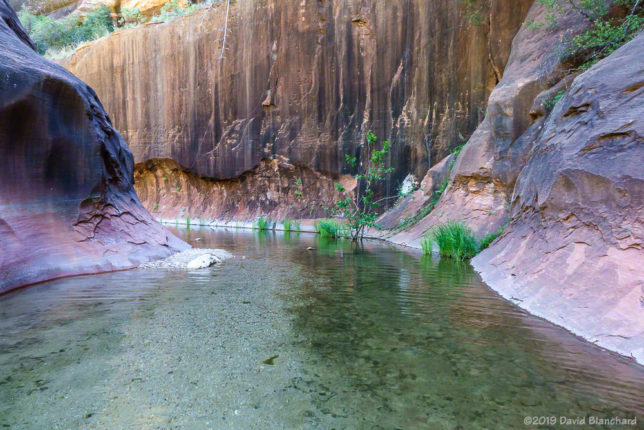
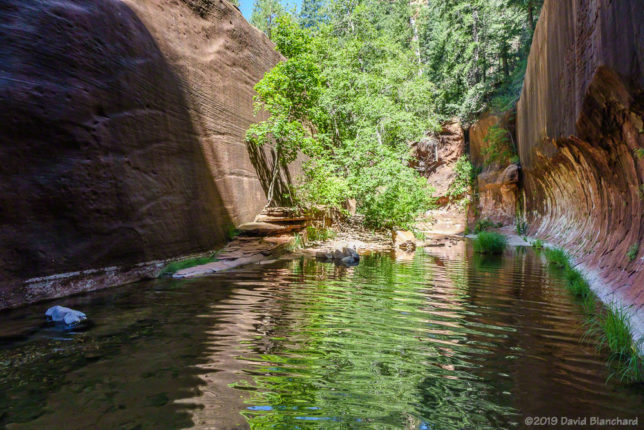
The wildflowers were great. There were masses of Monkshood and Monkey Flowers—so I was motivated to get a photograph of both “monks*” in one shot. Nope. Apparently, they prefer slightly different conditions and while they would sometimes be close, they were never clustered together. Columbines were also in great abundance. And there were a few flowers we could not immediately identify but could certainly enjoy.
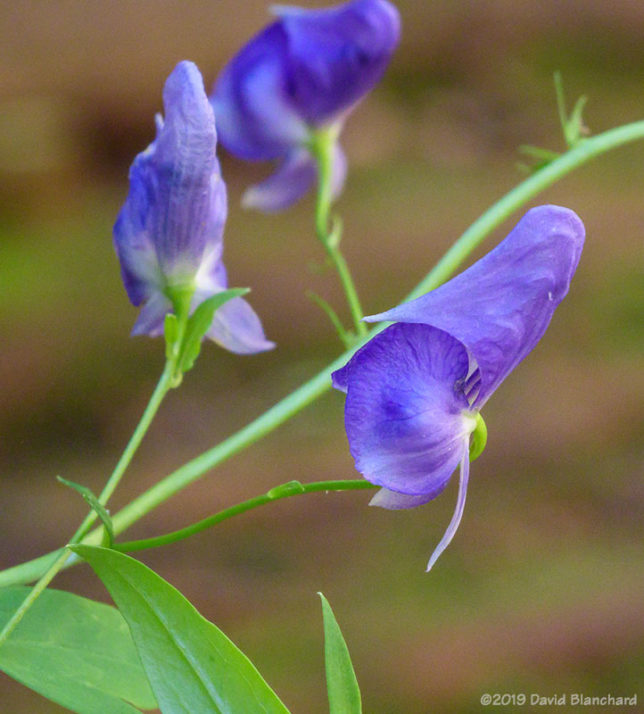
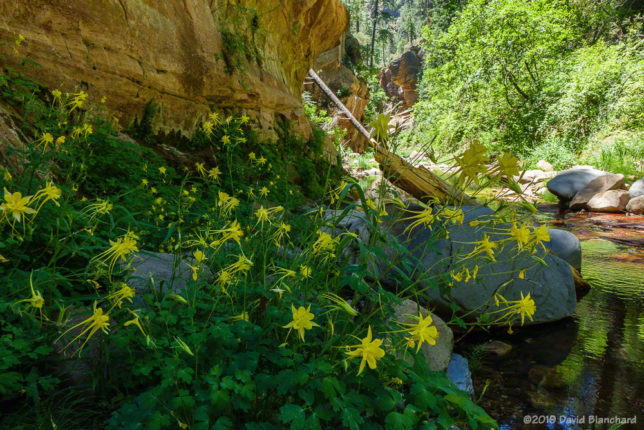
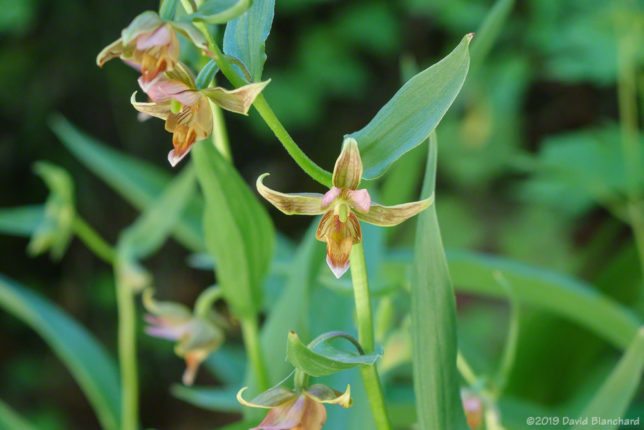
About a mile or so above the “camping permitted” sign we began to encounter thickets of brush from one side of the canyon to the other. These made forward travel very difficult. They also brought back memories of how challenging this section was back when we did the entire canyon. And, with that in mind, we declared that location to be our turn-around point.
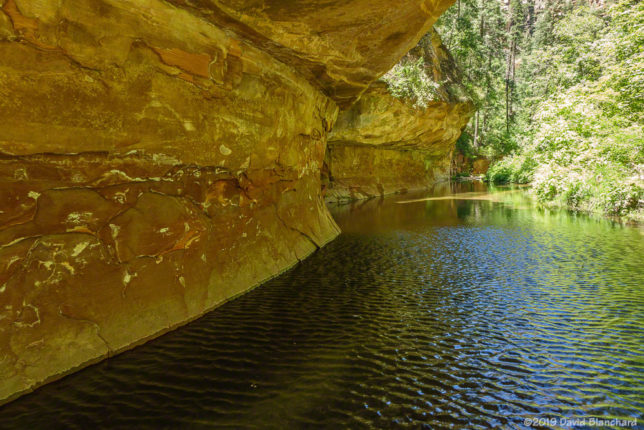

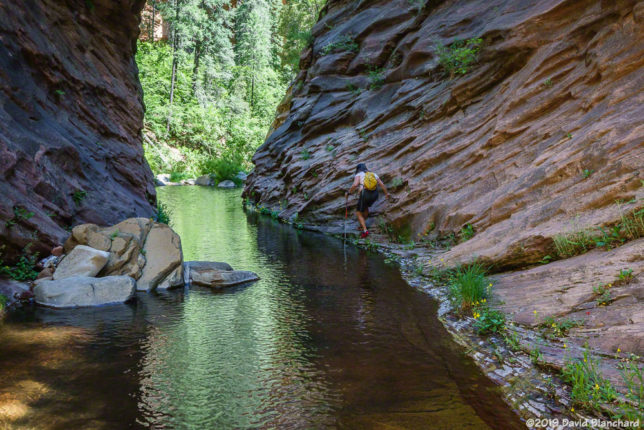
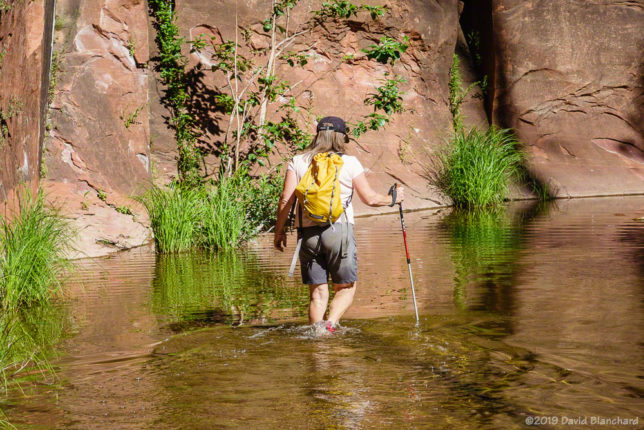
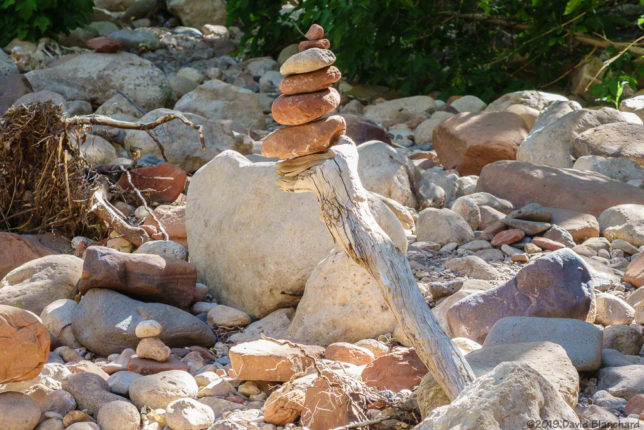
What a fun (and tiring) day!
